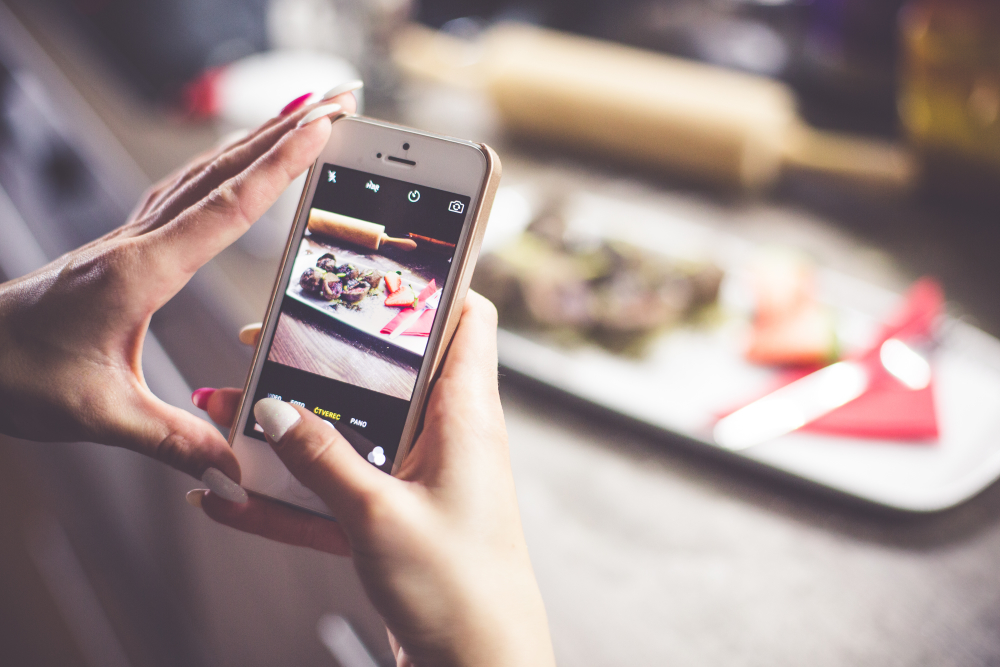5 ways to generate tons of user-generated content for your brand
27 Jul 2017

If you’re a brand or agency thinking about incorporating user-generated content (UGC) into your marketing strategy, you might be feeling a little conflicted. On the one hand, UGC is authentic and powerful stuff with proven benefits:
UGC = Trust. 92% of consumers trust earned media more than any form of advertising.
It can help improve a wide range of marketing metrics, from clickthroughs to time on site to revenue.
Customers are 6x more likely to purchase a product in the page includes pictures from social media.
*Source: 12 Stats That Prove Social Content Influences Consumer Buying Behaviour
And—bonus!—there are billions of pieces of fresh UGC being created by people every day. But on the other hand, that doesn’t mean that you’ll automatically find relevant UGC for your brand. Here are 5 ways you can encourage your customers and fans to create the content you want.
1. Launch a social competition
People love free stuff. Offering prizes can be an extremely effective way to prompt fans to post content with your hashtag.
Top booking site Expedia launched their #EyeWanderWin travel photography contest, enticing participants to submit their best travel shots to win a free trip to a mystery destination and other prizes. Over the three week contest, they generated over 4,350 photos they could use in future marketing campaigns. You can read their case study here.
On a practical level, think about how to make it as easy as possible for your customers and fans to participate. For example, asking for tagged photos on Instagram or Twitter will generate a lot more participation than requesting complicated 5-minute videos.
2. Tap into the ego
People don’t just love free stuff—they also love recognition. The prize here is exposure. Featuring the best user content on your website homepage, a billboard or in a TV commercial can prompt a flood of entries from people vying for the top honours.
Virgin Holidays gave customers a chance to #SeizeTheHoliday and have their holiday snaps showcased on their website and digital billboards.
Don’t forget to get permission to use the content your campaign generates! Design a rights management workflow into your process so participants know how you plan to use the content and give you their OK. You can even collect additional details, like email addresses, from them to use in your CRM and marketing programs.
3. Enlist influencers to lead the way
Once you’ve designed a campaign you’re sure people will want to participate in, you still need to get the word out. Leverage top influencers and brand ambassadors that resonate with your target audience and enlist their help in getting the campaign off the ground.
Beware, consumers are savvy and don’t connect with “fake” influencers that have no relatability or credibility. Instead of spending thousands or millions of pounds on influencers only to lose the trust that’s key, find your real influencers who have true user engagement and reach your audience.
4. Harness the power of internet memes
Memes have the power to capture the fleeting attention of millions. Encouraging your fans to post relevant photos starts with giving them something snap-worthy. Keep it simple. Make it visually impactful and immediately recognisable.
5. Make users the heroes of your campaign
Consider taking the spotlight off your brand entirely. Ask participants a juicy open-ended question, then treat the people who respond using your hashtag as the heroes of the campaign.
In Toyota’s #feelingthestreet campaign, street musicians could capture their acts and post videos and images on social. Fans would vote to assemble the best into the 2016 Feeling The Street Band to go on tour. Toyota made the street musicians the heroes of the campaign and featured them in their Facebook ads. They saw a 440% increase in engagement. In fact, you never saw a Toyota car until the final road trip stage of the campaign.
To read our case studies on how brands like Toyota, Virgin Holidays and Expedia are taking advantage of user-generated content, click here.

Please login to comment.
Comments